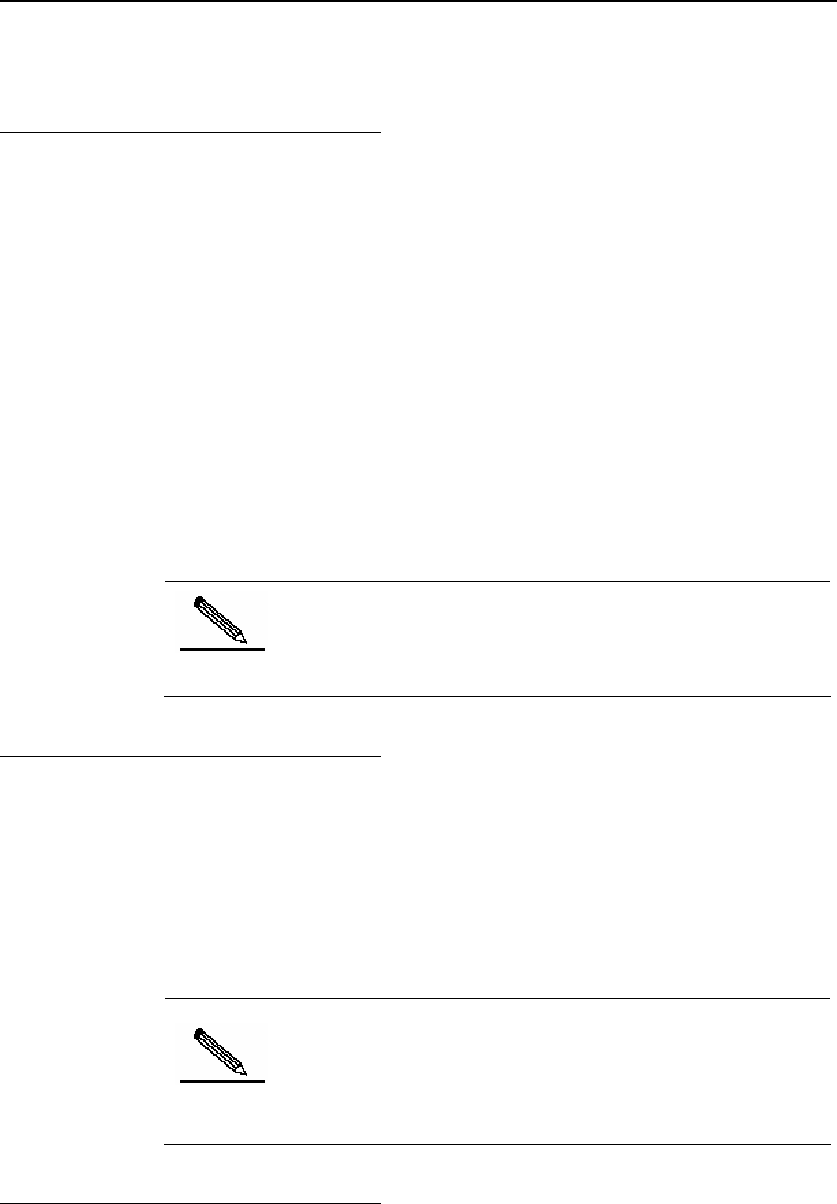
DES-7200 Configuration Guide Chapter 3 MPLS QOS
Configuration
3-5
network, the Tunneling DiffServ information is the IP Precedence or DSCP of IP
packets).
3.1.4.1 Pipe Model
In the Pipe Model, the rules to be applied from ingress LSR to egress LSR are
shown below:
LSP DiffServ information can be obtained from the Tunneling DiffServ
information on ingress LSR, or be acquired by configuring on the ingress
LSR (please refer to behavior of PE-1 as described in working principle).
On router P, the LSP DiffServ information of egress label is obtained from
the LSP DiffServ information of ingress label.
On the egress LSR, packets are forwarded and handled based on LSP
DiffServ information, which won't be propagated to the Tunneling DiffServ
information (if IP packets are received on the ingress LSR of MPLS network,
then the EXP value won't be propagated to IP Precedence or DSCP).
Note
Currently, Pipe Model is not supported by switches.
3.1.4.2 Short Pipe Model
The only difference between Short Pipe Model and Pipe Model is reflected in
the third rule. The third rule of Short Pipe Model is shown below:
On the egress LSR, packets are forwarded and handled based on
Tunneling DiffServ information, and the LSP DiffServ information won't be
propagated to the Tunneling DiffServ information.
Note
The device must meet the following conditions in order to
support Short Pipe Model.
DES-7200 series products operating in distributed MPLS
mode.
3.1.4.3 Uniform Model
Uniform Model means that packets belong to the same QoS class at any time.
The rules of Uniform Model are shown below:
LSP DiffServ information is obtained on the ingress LSR from Tunneling
DiffServ information.


















